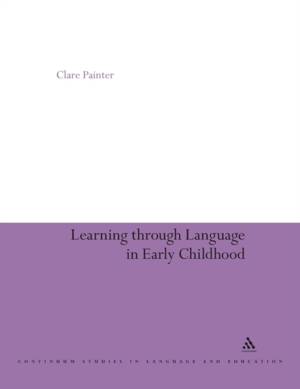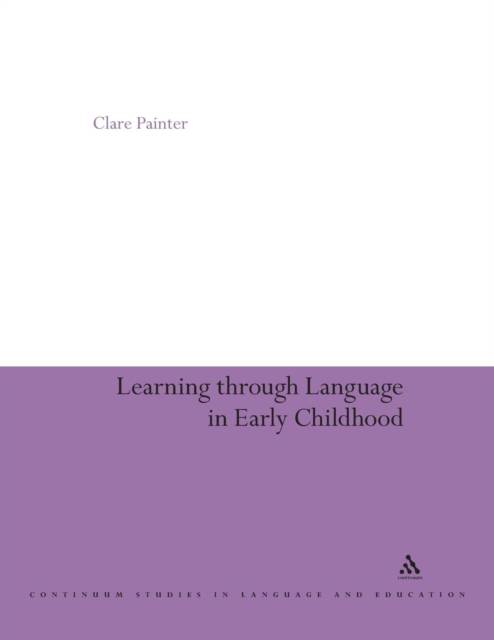
- Afhalen na 1 uur in een winkel met voorraad
- Gratis thuislevering in België vanaf € 30
- Ruim aanbod met 7 miljoen producten
- Afhalen na 1 uur in een winkel met voorraad
- Gratis thuislevering in België vanaf € 30
- Ruim aanbod met 7 miljoen producten
Zoeken
Omschrijving
Language is a child's major tool for learning about the world. Through the taken-for-granted interactions of everyday conversation, a child not only learns the mother tongue, but uses it as a resource for thinking and reasoning. This book presents a rich naturalistic case study of one child's use of language from two-and-a-half to five years, drawing on systemic functional theory to argue that cognitive development is essentially a linguistic process and offering a new description and interpretation of linguistic and cognitive developments during this period.
The case study examines the child's changing language in terms of its role in interpreting four key domains of experience - the world of things, the world of events, the world of semiosis (including the inner world of cognition) and the construal of cause and effect. It shows how new linguistic possibilities constitute developments in cognitive resources and prepare the child for later learning in school.
The case study examines the child's changing language in terms of its role in interpreting four key domains of experience - the world of things, the world of events, the world of semiosis (including the inner world of cognition) and the construal of cause and effect. It shows how new linguistic possibilities constitute developments in cognitive resources and prepare the child for later learning in school.
Specificaties
Betrokkenen
- Auteur(s):
- Uitgeverij:
Inhoud
- Aantal bladzijden:
- 368
- Taal:
- Engels
- Reeks:
Eigenschappen
- Productcode (EAN):
- 9780826478726
- Verschijningsdatum:
- 22/08/2005
- Uitvoering:
- Paperback
- Formaat:
- Trade paperback (VS)
- Afmetingen:
- 154 mm x 233 mm
- Gewicht:
- 603 g

Alleen bij Standaard Boekhandel
+ 254 punten op je klantenkaart van Standaard Boekhandel
Beoordelingen
We publiceren alleen reviews die voldoen aan de voorwaarden voor reviews. Bekijk onze voorwaarden voor reviews.








